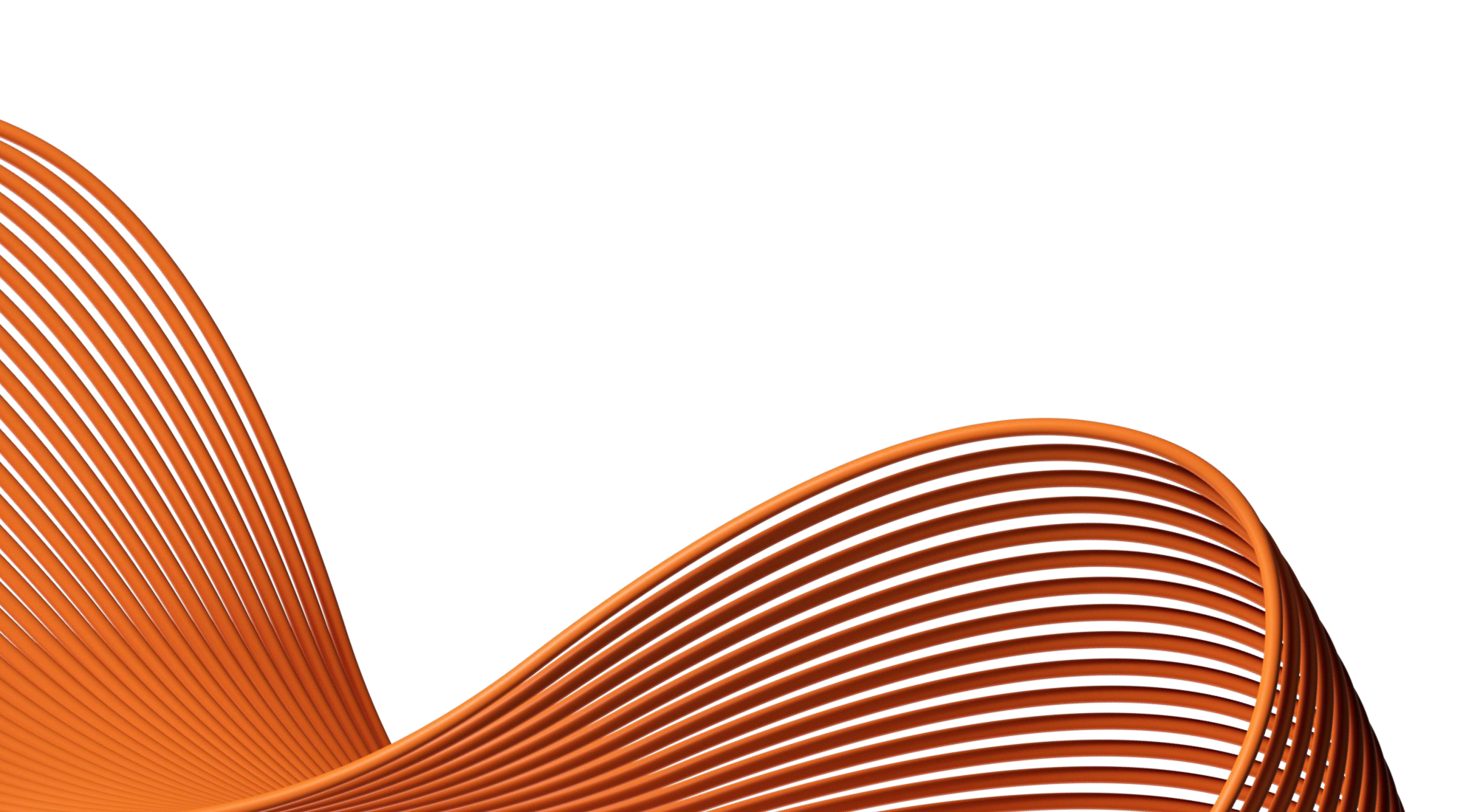- Our Products
- Upper Extremity
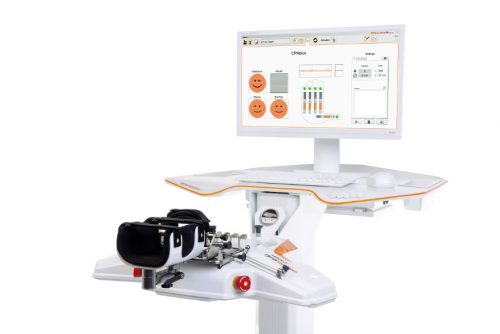 Amadeo Finger-Hand-Rehabilitation
Amadeo Finger-Hand-Rehabilitation
Amadeo is giving hands back their grip and fingers their finesse. Patients who are barely able or unable to grasp can perform hundreds of robot-assisted grasping movements. It won’t train a new Mozart. But it will help patients return to the piano, handwriting Christmas cards, and grabbing life firmly by the horns.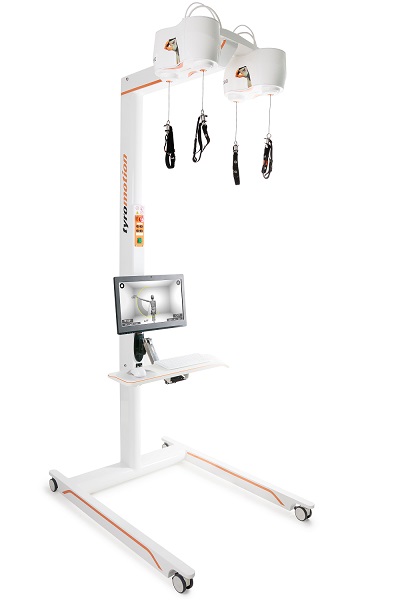 DiegoShoulder-Arm-Rehabiliation
DiegoShoulder-Arm-Rehabiliation
Diego is designed to strengthen what’s important. Whether proximal or distal training, Diego purposefully supports the rehabilitation of natural motion, allows the handling of everyday objects to be relearned, and is usable by adults and children alike.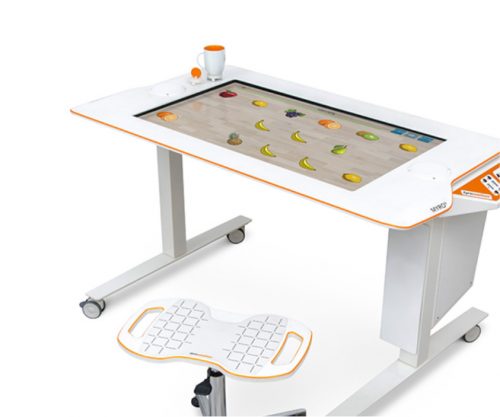 Myro Interactive and task-specific therapy
Myro Interactive and task-specific therapy
Myro is made for making humans get better! The sensor-based surface enables task-oriented rehabilitation with real objects, trains the patient’s cognitive abilities, and improves motor abilities of the upper extremity.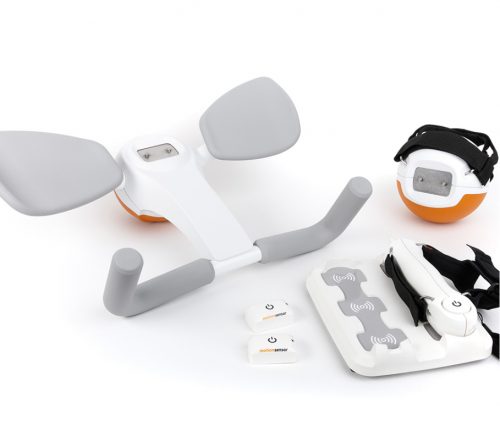 Pablo Upper Extremity Rehabilitation
Pablo Upper Extremity Rehabilitation
As a multifunctional rehabilitation device with comprehensive accessories, Pablo enhances classical therapy exercises with biofeedback, objective assessments, and gamification. It won´t train the next Picasso. But it will help patients to take back control of their lives.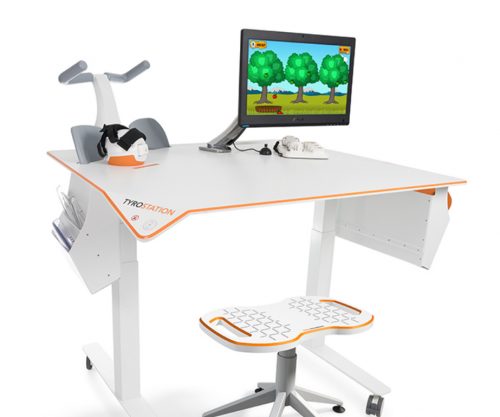 Tyrostation The perfect therapy setting
Tyrostation The perfect therapy setting
The Tyrostation is home to all components of Pablo and Tymo and provides ergonomic adaptability for patients. Sometimes, it´s about the little things in life – or therapy.
- Lower Extremity
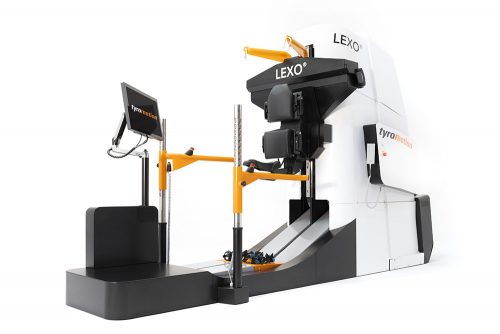 LexoGait and Locomotion
LexoGait and Locomotion
Lexo is a revolutionary gait trainer and impresses with fast setup, high patient activity and optimal trunk support. It encourages active participation and enables therapists to focus fully on their patients.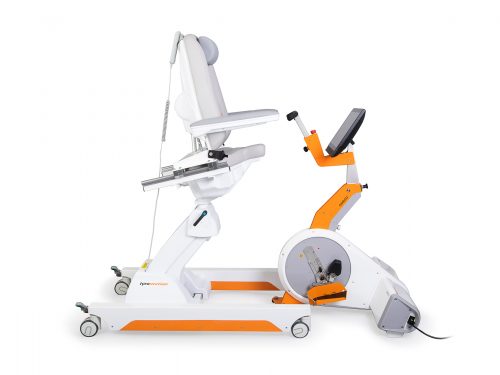 Omego Plus Gait training for the goals across all phases
Omego Plus Gait training for the goals across all phases
More than just a therapy bike! Omego Plus combines uni- and bilateral leg training, leg press, stepper, cycling & foot lift training in one device. Stride stronger with Omego Plus!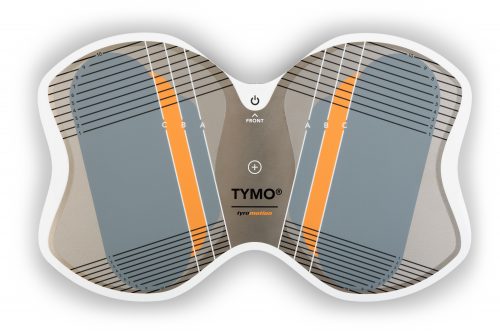 Tymo Balance training and postural control
Tymo Balance training and postural control
Small but powerful! Tymo is a versatile measurement and therapy system for the whole body. In addition to the standing position, Tymo offers a wide range of options for maximum variety during therapy.
- MTT-Line
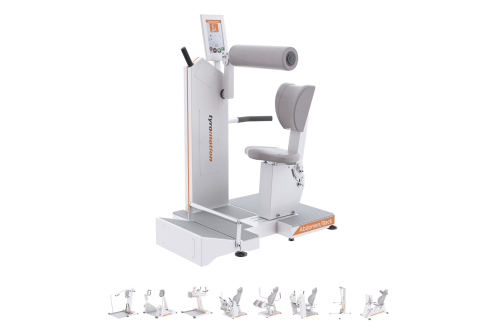 MTT-LineMedical training therapy
MTT-LineMedical training therapy
Get back in the game with the MTT-Line! The Medical Training Therapy devices are specifically designed to strengthen the six major muscle groups of the human body. Barrier free and maximum adjustability make the devices accessible for all types of patients.
- Software
 Maya Therapy Platform
Maya Therapy Platform
Maya reduces paperwork, standardizes documentation, and automates reporting, making administration effortless and efficient. Designed for therapists to work wonders!
- Upper Extremity
Health
What is hemiplegia? Causes, symptoms, therapy in the event of hemiplegia after a stroke
11. October 2021 ● 5 min. Reading time
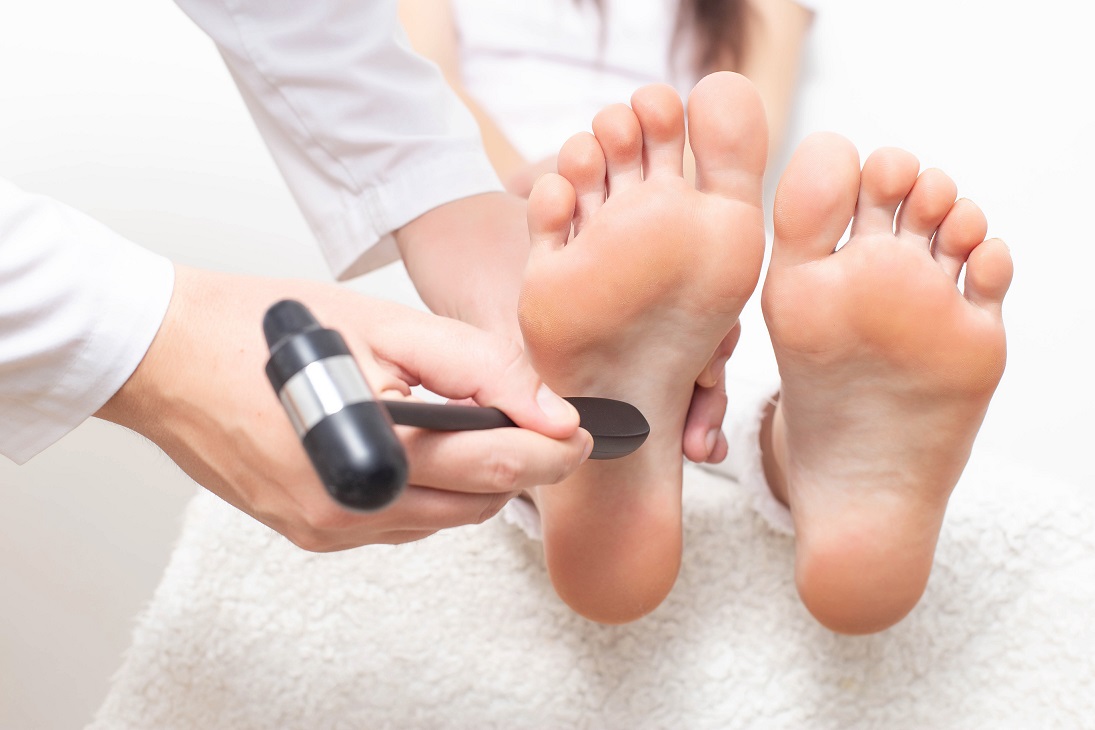
Hemiparesis versus hemiplegia – what is the difference?
The terms hemiplegia and hemiparesis both refer to a limitation of sensorimotor functions of one half of the body or of a body part.
With hemiparesis, individual muscle groups become weaker; the extent of that weakness varies. Hemiparesis is also known as incomplete paralysis. Hemiplegia refers to a complete paralysis. One may have an arm, leg, face, torso, or one entire side of the body affected.
Colloquially, the term hemiplegia is often used to describe both manifestations. The following article will use the term hemiplegia. All causes, symptoms, and treatments discussed below apply to both hemiplegia and hemiparesis.
Symptoms of hemiplegia
The human brain has different areas that control different functions. Basically, our brain is our control center.
Just like in a fuse box, its systems can fail. The defective system can then no longer perform its task in the body, or it performs tasks with restrictions. The result is weakness in or paralysis of the affected body part or possibly an entire half of the body, depending on the location and extent of the damage in the brain.
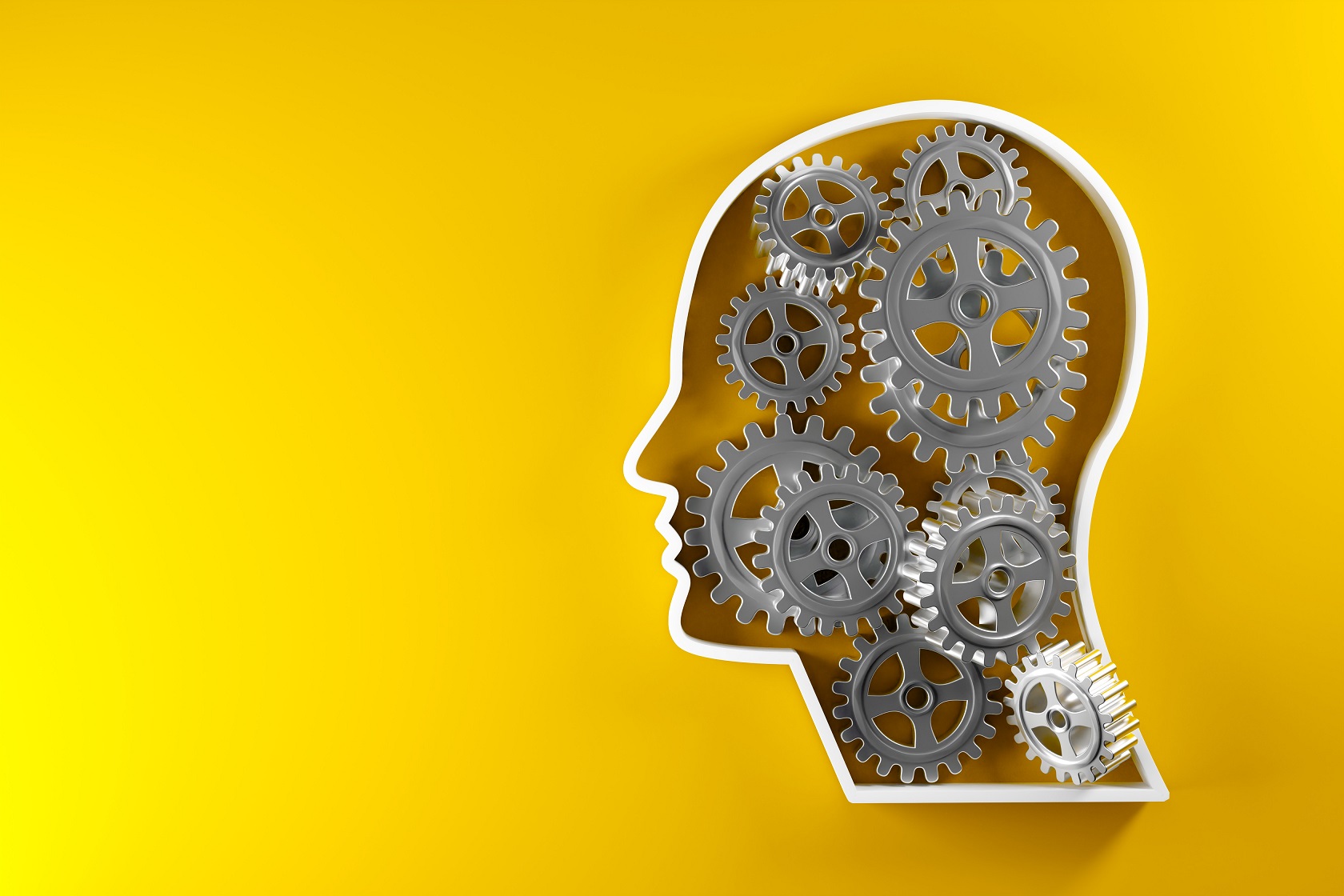
Minor damage will affect individual parts of the body. Major neural tissue damage may fully paralyze an entire half of the body. The patient’s ability to move may be severely reduced or the patient may no longer be able to move independently at all.
Hemiplegia in the first phase, after a stroke, is known as flaccid paralysis. The affected extremity exhibits decreased muscle tone and cannot be actively moved by the patient.
It often takes weeks or months to regain control of the affected muscle groups. Movements often become uncoordinated. Muscles might become tight and stiff, making it difficult to control movement. This increased muscle tone is known as spasticity. Severe muscle tone, or spasticity, can lead to rigidity of the joint(s), where the joint(s) cannot even be moved passively.
Spasticity is often accompanied by disruption of sensory function in the affected body parts. Patients experience touch, pain or temperature differently. They may not feel any stimuli, or only feel them very faintly or, more rarely, feel them with abnormally increased intensity.
Patients also often report difficulties sensing exactly where their affected body parts are in three dimensional space. Paraesthesias, such as tingling or burning sensations in affected body parts are also possible.
Facial paralysis is one of the main symptoms of a stroke. Call an ambulance if you notice the corner(s) of someone’s mouth suddenly droop and thy cannot smile symmetrically, or if their speech is slurred. The FAST test (Face, Arms, Speech, Time) is a way to check if someone is suffering a stroke. If any of the symptoms from the FAST test are present, it is an emergency and quick medical assistance is necessary.
What else can happen after a stroke?
If damage to the brain is severe, other symptoms may occur:
- Speech and language disturbances: Depending on the location and extent of damage to the brain, individuals may present with disordered speech and/or swallowing difficulties.
- Neuropsychological changes: Cognitive performance, the ability to concentrate, and/or emotional reactions can be affected. Their decreased quality of life often leads patients into depression.
- Difficulties with actions and motor planning (apraxia): Patients may no longer be able to complete routine tasks in the correct order. For example, an undershirt is put on over the shirt. Sometimes objects are no longer used correctly. For example, a comb is no longer recognized as such and is used for other tasks.
- Problems with continence: Adequate retention of urine/stool is often impaired.
Depending on which half of the brain is affected, some disorders are, statistically speaking, more prominent or occur exclusively. Reduced body perception is more common if the right half of the brain is affected. Similarly, it is also possible that the detection of stimuli on the affected side is reduced (neglect, pusher syndrome).
Damage to the left, often dominant half, of the brain is typically associated with speech disorders and a reduced ability to act and plan (apraxia).
Treating hemiplegia
Options to treat hemiplegia with medication depend on its cause. If rapid action is taken when a stroke happens, it is possible to administer medication that will help dissolve the blood clot. If a viral or bacterial infection (e.g. encephalitis) is the cause, suitable medication will be administered. In case of a tumor, radiation therapy or surgery may be necessary.
Different treatment approaches are used during, and especially after the acute phase of hemiplegia:
- Physiotherapy and Occupational therapy address the ability to move and aim to restore control of muscle function and body perception.
- Occupational therapy focuses more on recover of every day function. The patient practices using the regained bodily functions in everyday situations like bathing and dressing. The patient works towards being able to physically and cognitively perform these activities of daily living (ADLs) in a day-to-day life.
- Speech therapy aims to regain or to improve the ability to swallow and speak, as well as cognitive functioning.
- Psychology is often required in cases of extensive perception disorders. Psychological support can also help the patient to come to terms with their new situation. Also, topics like return to work/school or a career change can be addressed during psychological treatment. Mental health is an important topic during stroke recovery.
Doctors and therapists closely coordinate the hemiplegia treatment with their patients. The interdisciplinary approach treats the wide variety of disorders and resulting impairments. Treatment can include forced use of the affected body parts, the help of aids and innovative technology, animals, painting, or other creative activities.
What is the prognosis for hemiplegia?
The extent of the damage and the underlying cause determine the presentation of the hemiplegia.
In the event of a stroke, rapid medical assistance and treatment in a specialized stroke unit are of paramount importance.
In some cases, the paralysis is largely reduced; in rare cases, it is even reversed completely. Most patients must learn to live with some limitations. Continuous therapy and ongoing safe practice allow them to adjust to their new situation or even progress further. There are also various aids, devices, and technology that enable patients to be more independent in everyday tasks.
Author: Saskia Wibner
Source:
Platz, T. (2021). Clinical Pathways in Stroke Rehabilitation. Springer, 1st Edition
You might also be interested in
4. April 2023
Health
Rehabilitation
Stroke nutrition guidelines for optimal health
Nutrition as the key part in health and well-being of stroke survivors A healthy, balanced …
21. March 2023
Rehabilitation
Kinesio taping in neurology as a useful therapy supplement
The Kinesio tape and its usefulness in neurological therapy What was originally known only from …
7. March 2023
Rehabilitation
Exercises against freezing of gait in Parkinson’s disease
When the legs freeze – how does the symptom “Freezing of Gait” manifest itself? Parkinson’s …



 Contact
Contact 

 Contact
Contact 